Report this entry
More from the same community-collection
Horseman during Sun Bowl Parade 2008
This horseman dressed in a traditional blue suit joined the Sun ...
Band in Grey Suits during Sun Bowl Parade 2008 El Paso,TX
A band in grey suits and with sombreros is playing during the ...
Man and Little Boy on Horses during Sun Bowl Parade 2008
Men on horses in traditional dresses were part of the 2008 Sun ...
Carriage during Sun Bowl Parade 2008
A nicely restored red and black carriage, which is drawn by four ...
Ship with Sun Princesses during Sun Bowl Parade
In this decorated ship the Sun Princesses were sitting during ...
Wagon with Eight Horses during Sun Bowl Parade 2008
A wagon is rolling along Montana as part of the Sun Bowl Parade ...
Fire Engine during Sun Bowl Parade 2008
The Fire Department was also represented during the Sun Bowl ...
62nd Army Band during Sun Bowl Parade 2008, 1
The image shows the 62nd Army Band of Fort Bliss during the Sun ...
62nd Army Band during Sun Bowl Parade 2008, 2
In this picture one can see the 62nd Army Band of Fort Bliss ...
Chicken during Sun Bowl Parade 2008
This balloon in form of a chicken with a hat in the colors of ...
Horsemen with Flags during Sun Bowl Parade 2008
Two men on horses are holding the U.S. flag and the Texas flag ...
Humphrey Entourage during Presidential Campaign in 1968
This picture shows parts of the entourage of Hubert Humphrey, ...

















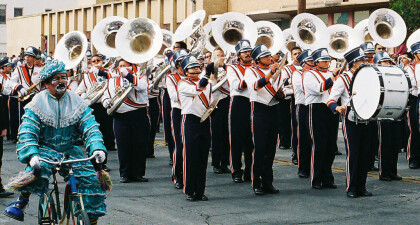
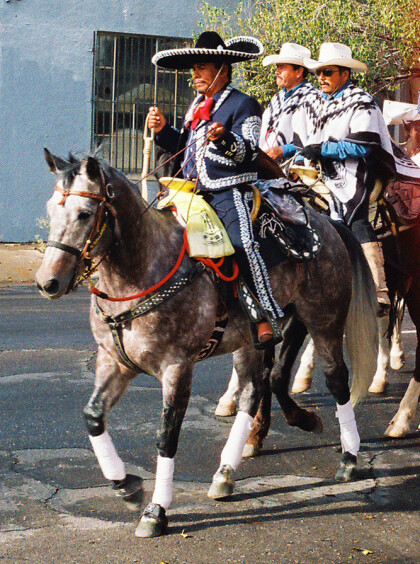
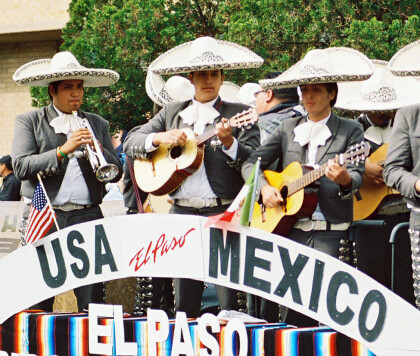
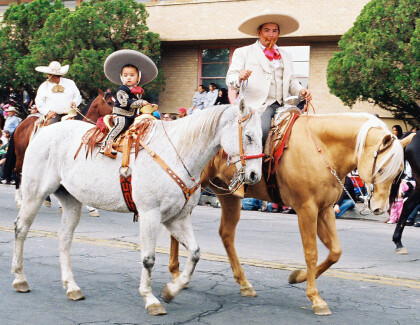
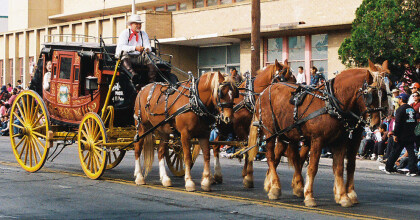
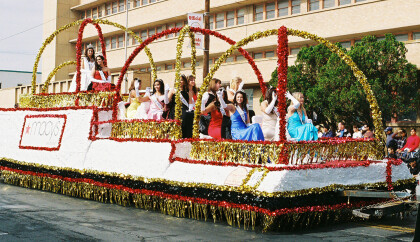
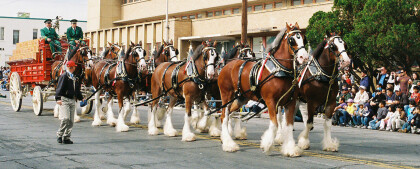
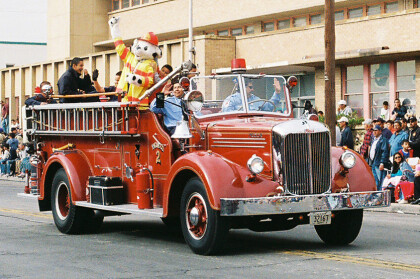
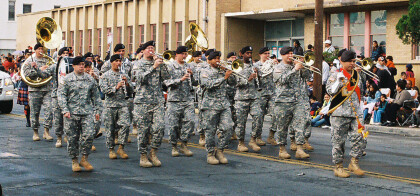
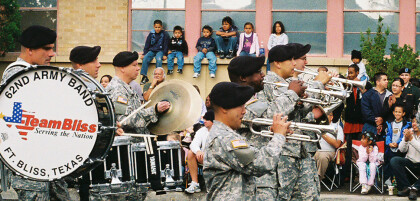
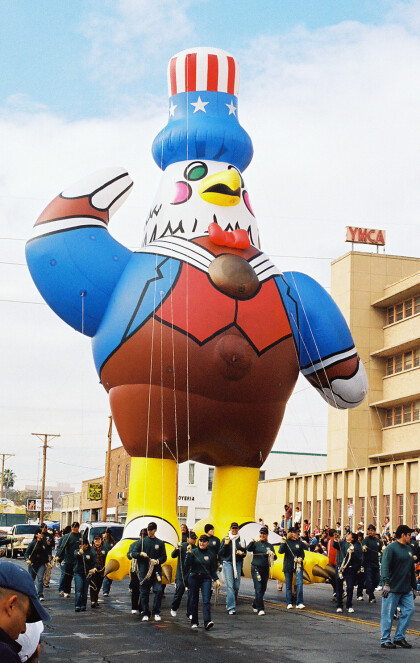
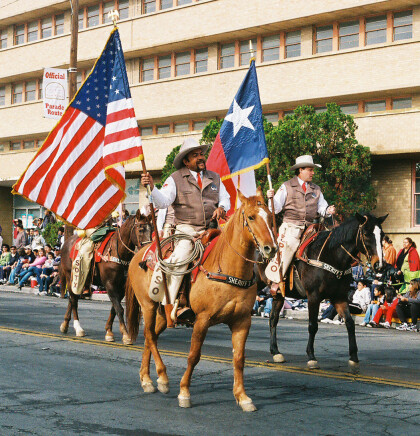
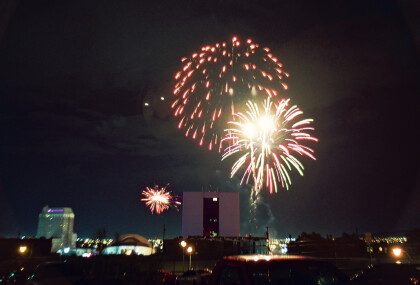
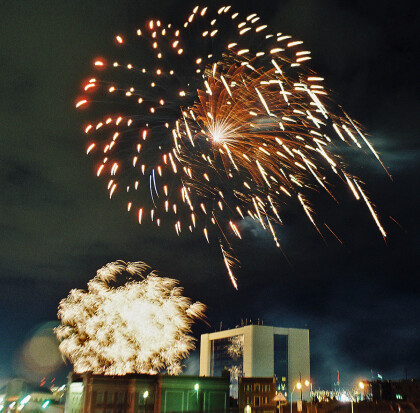
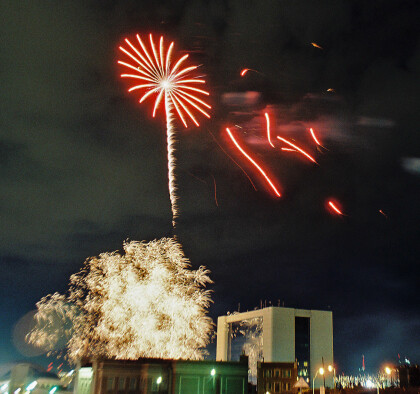
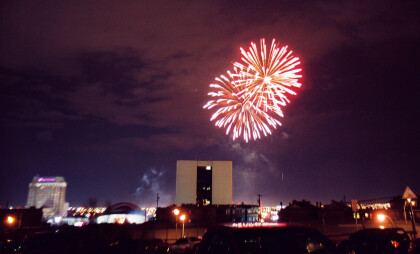
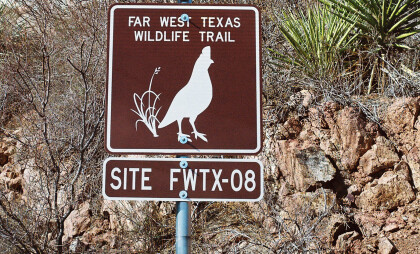
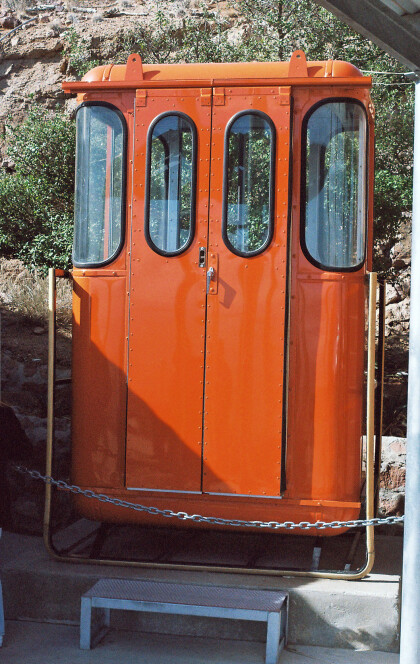
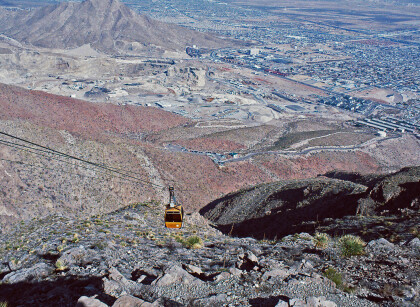
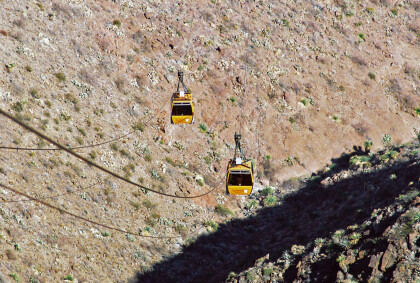
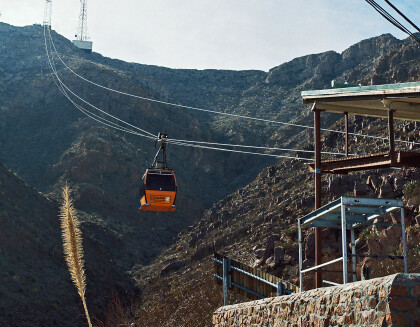
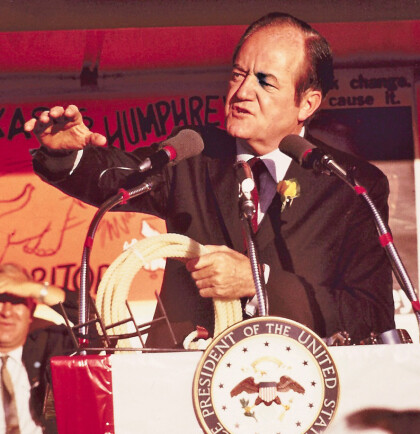
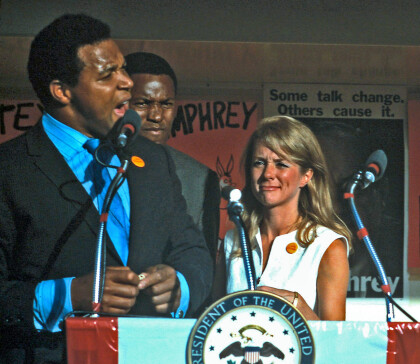
Comments
Add a comment